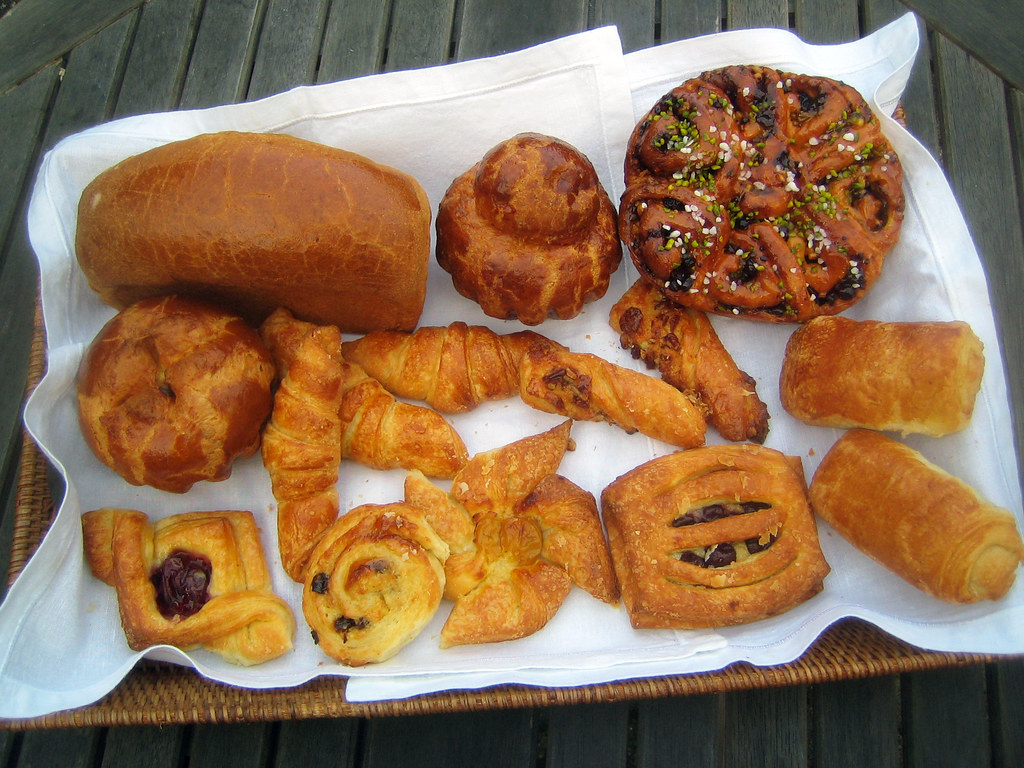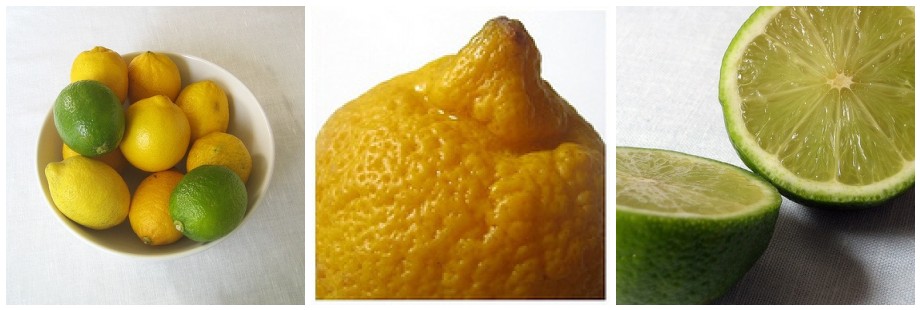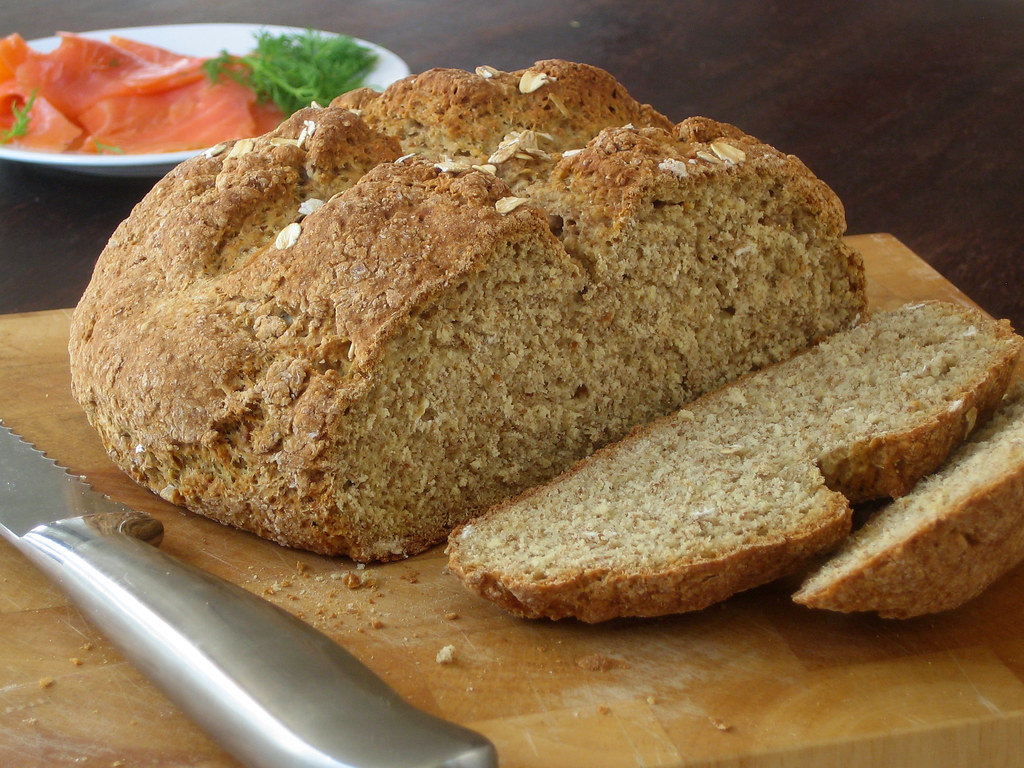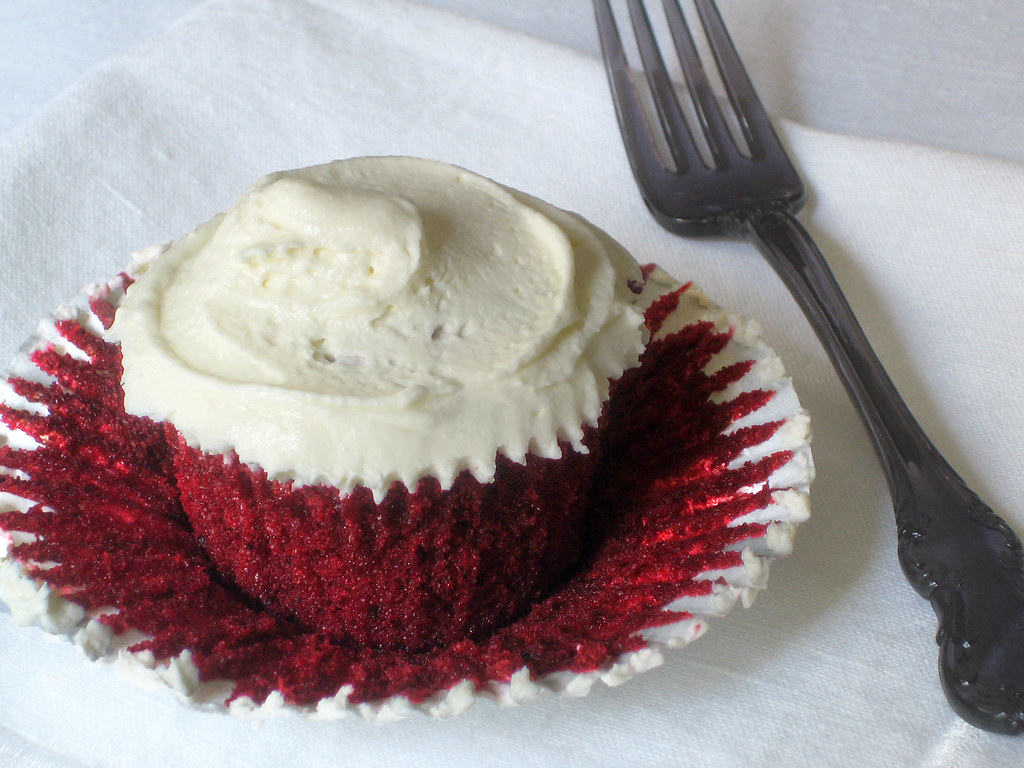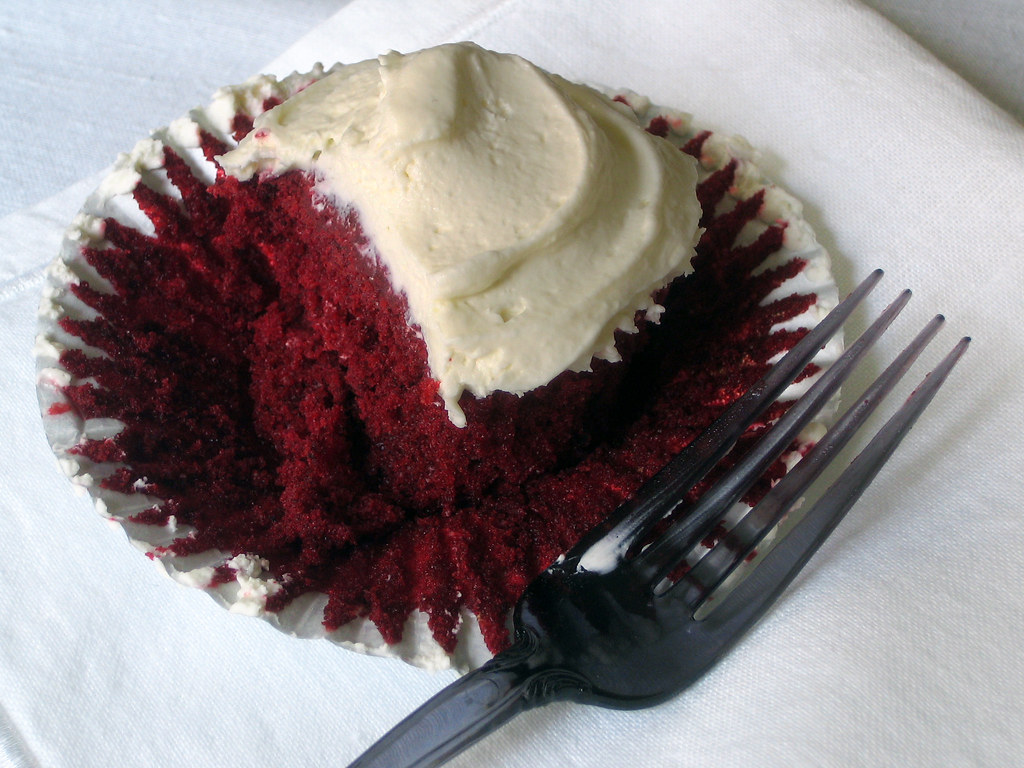Isn’t it amazing how food can stir up memories: a place, a person or a moment in time? For example, the taste of rhubarb immediately takes me back to childhood summers every time I taste it -even in January. Just as escargots in garlic butter always reminds me of my Mom. I am always amazed that, even in adulthood, new tastes I encounter continue to create such strong associations.
I can remember clearly the first time I travelled to mainland Spain, tasting so many new flavours. It was August in Madrid and it was so hot I could hardly breathe. Clearly my upbringing in the East coast of Canada did not prepare me for such heat! In an effort to cool down E. suggested that we escape to his family’s summer house in a little town near Avila. What a relief! Though still quite warm I think it was easily 10 degrees cooler than the sweltering heat in Madrid. Having arrived at siesta time to find the local market closed, we proceeded directly to the house. The only food to be found was rice, a few tins of calamares en su tinta and a packet of membrillo in the fridge. We put on the rice to cook and sliced open the packet of membrillo as we waited for lunch. To this day one of my clearest memories is standing in that kitchen tasting the cold, sweet taste of membrillo for the first time.
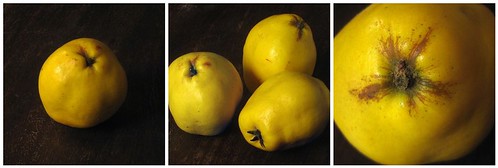
Membrillo is a paste made from boiled down quince and sugar, firmer than jam but softer than pate de fruit. It has a sweet but subtle taste and a slightly grainy texture and is usually served with cheese. Up until last year, when I found a local shop in London that stocked it, it was the one item I always brought back or requested from visitors from Spain. It had never occurred to me that it could be made at home until I saw a recipe for a special Spanish food feature in a magazine a few months ago. This year our local Turkish supermarket has been abundant with quince, and I had originally planned to make membrillo in November when it first appeared, but ended up poaching it instead. So last week finding some fine looking specimens I decided now or never!
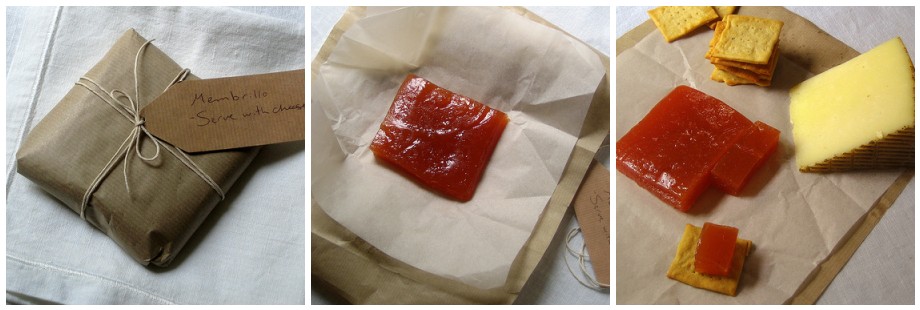
I have to say that I am very pleased with the results and couldn't wait to get some Manchego to accompany it. Though the membrillo & Manchego was amazing on its own, I wanted some sort of contrasting crunch. Having seen a few blogs posting crackers lately, I thought I might give it a try. Who knew that crackers didn't have to come from a box? Trawling through blog after blog I finally found a recipe for Olive Oil Crackers in the Ottolenghi Cookbook. What better way to finish off my project than with olive oil - the quintessential taste of Spain!*
The olive oil in these crackers is intense and would simply not work without it, so is worth using the best available. I love the odd shapes and sizes that shout out "Hey, I am home-made and I am amazing!". Once you see these little wonders become golden in your very own oven, you may never buy crackers again.
Membrillo
Quince puree (I had 1.2 kilos)
Sugar (the same weight as the quince puree)
Juice of 1 lemon
Peel and core the quince and cut into thick slices or chunks place in a large pot with just enough water to cover. Simmer for 40-50 minutes or until soft.
Once soft, drain the water and weigh the cooked quince. With a hand blender (or a food processor) blitz until smooth. Add the quince and sugar to a heavy bottomed pot with the lemon juice ensuring the sugar and quince puree is is mixed through.
Bring to a light boil and turn town to a medium-low heat and let simmer for about 1.5 - 2 hours. Stir and scrape the sides of the pan from time to time to ensure it does not burn or cristalise. Be very careful as the mixture will spit and sputter and there s nothing wore than a hot sugar burn!
The mixture is ready when it turns a pinky/orange colour and is very thick. At this point pour into a pan lined with oiled parchment paper- I used a 33cm x 24cm swiss roll pan. Once cool let the mixture dry out in the oven preheated to 50°C for about 2 hours. Remove from oven and let cool.
Cut into desired size and store in the refrigerator.
Olive Oil Crackers
adapted from Ottolenghi
250 g plain flour
1 tsp baking powder
115 ml water
25 ml extra virgin olive oil
1/2 tsp salt
1 tsp paprika
1/2 tsp pepper
olive oil for brushing
sea salt to sprinkle (optional)
In a bowl add all the dry ingredients (except sea salt) and mix together with a fork. Add olive oil to water and mix quickly and add to flour mixture. Continue to mix until incorporated. Once the water and flour is incorporated, kneed until it becomes a smooth dough- I used the hook attachment on my hand mixer. Place dough in a bowl wrapped in cling film and place in the fridge for an hour.
Preheat your oven 220 °C just before removing the dough from fridge
Once rested, divide the dough in two halves. On a floured surface roll the dough until about 3mm thick. With a sharp knife or pastry cutter, cut into squares. Mine were about 4cm x 4cm but you can make them an shape or size. Place the dough squares on to a parchment lined baking sheet and prick a few times with a fork. Brush liberally with olive and sprinkle with sea salt (or not).
Bake for 8-10 minutes or until they look like little squares of gold. Remove from the pan and let cool on a wire rack.
Although I didn't try it this time I think these crackers would be absolutely lovely with rosemary or thyme mixed in.
*Ironically, the olive oil I used was not Spanish at all, but actually from Greece.


